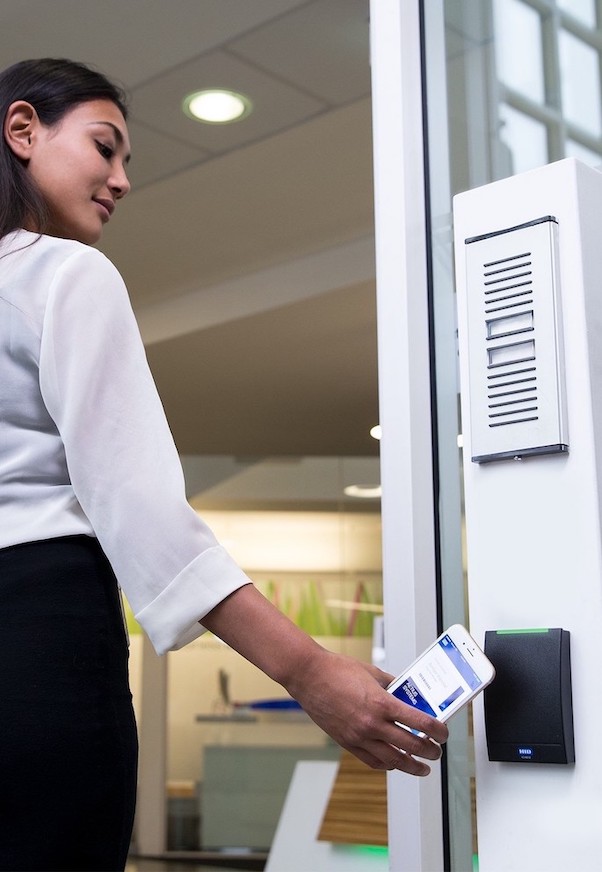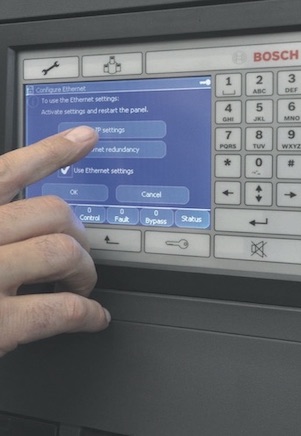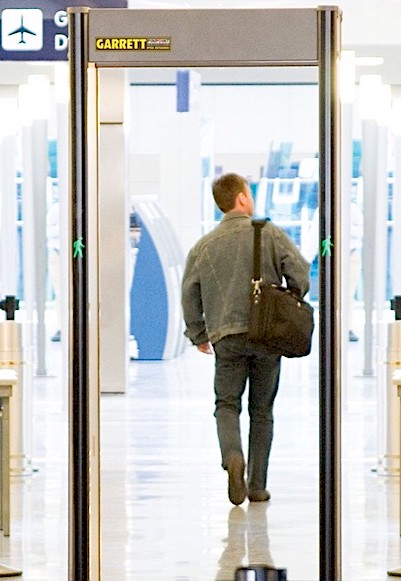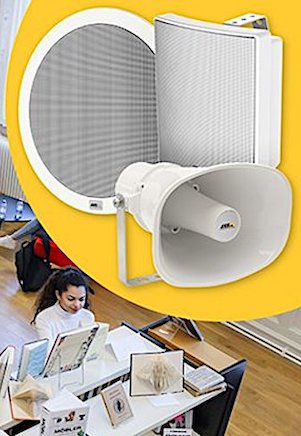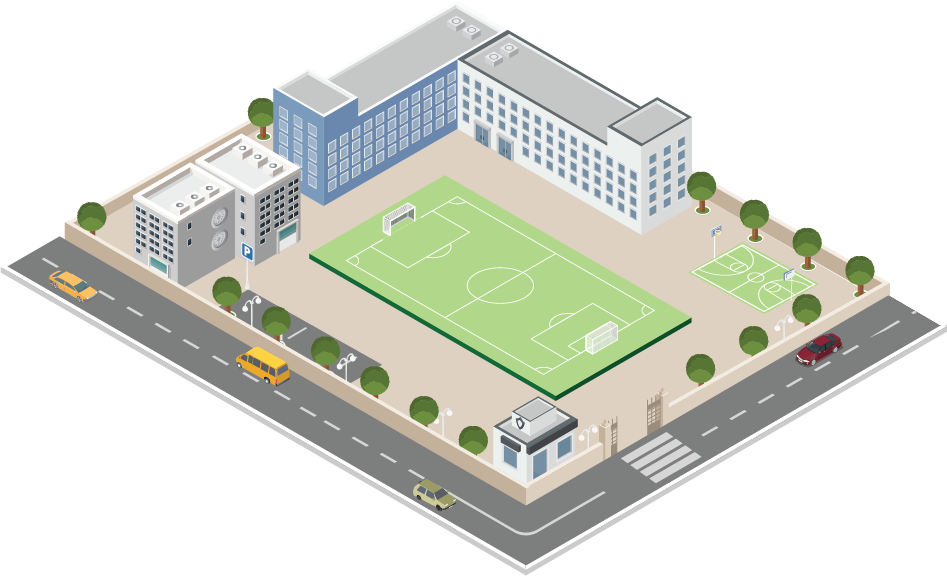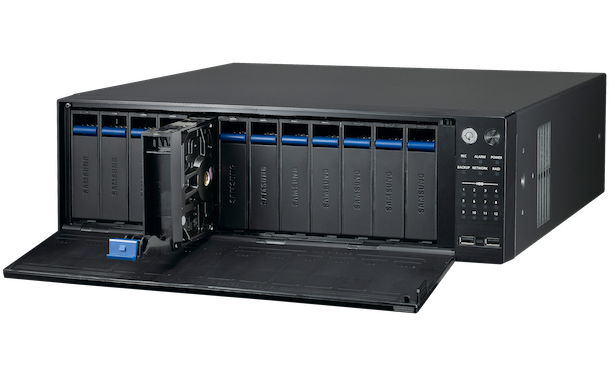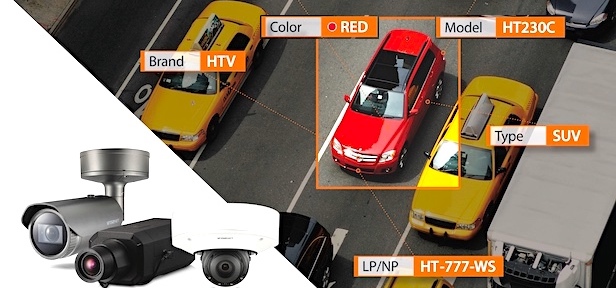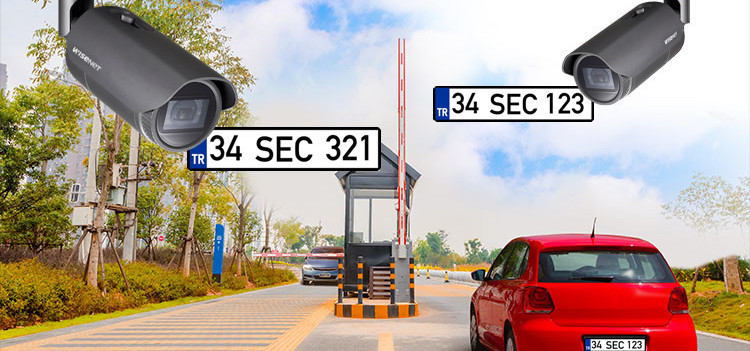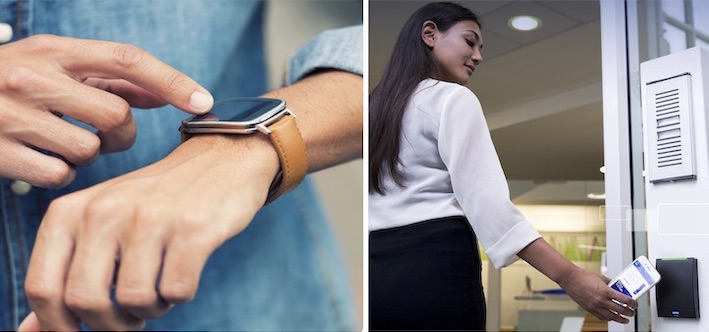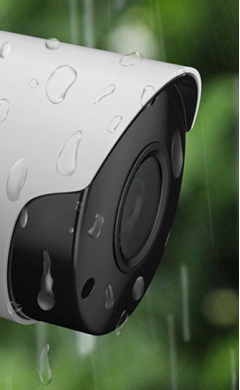What is Day and Night Function for Security Camera?

Since security cameras are not devices operating under a single condition, it is necessary to ensure that they are as smooth as possible in all circumstances.
For example; The conditions of the environment are evident when you take a handheld camera in a room and shoot. Conditions such as lighting level, humidity are constant or vary by up to 5%. In this case, since the handheld camera captures the image under the same conditions, the entire image is more or less the same.
In particular, security cameras installed to monitor outside the building are exposed to all kinds of light, moisture and fog conditions. Since the transition from day to night and the transition from evening to day does not change as if turning the light off momentarily, the camera must adapt to the light conditions in between. If there is no other source of illumination in a closed sky without a moon, the brightness of the environment is 0.0001 lux. Ambient brightness in the summer sunshine is between 10,000 ~ 25,000 lux. In other words, the security camera should be working correctly under these two light conditions and the conditions in between so that it can serve its purpose.
In addition, the cameras are highly sensitive to visible light as well as infrared wavelength radiation. In the daytime, especially in the presence of visible light, as well as infrared radiation is very high. Camera manufacturers follow 2 paths to prevent infrared radiation from glaring on the image. 1.Loading the CCD or CMOS sensor with a non-infrared filter (which means reducing the amount of light passing through the camera's sensor); unfiltered shooting in the case of low light at night. 1. The cameras produced by monitoring the path are called electronic day and night function cameras. Because these cameras try to perform the day and night function electronically. However, since the filter is attached to the sensor, they cannot detect the light of the infrared illumination. In addition, since there is a continuous filter in front of it, the sensitivity of light is only as much as the capability of electronic circuits and they can only detect the light passing through the filter and produce images. However, the cameras produced with the moving filter do not pass the infrared radiation through the day filter, but they open the night filter while taking the radiation at every wavelength. This increases the camera's sensitivity to light. Also, to prevent infrared radiation from shining and distorting colors on the image, the camera turns off night color markers to reduce glare as much as possible and gives a smooth image all around.

As a result, the day and night function can be described as follows: The fact that security cameras shoot without daytime glare is an arrangement for shooting at night with increased sensitivity to light. The camera takes a filtered color image during daytime when there is plenty of light, and switches to black and white image capture during nighttime when light is low.
Ambient brightness values according to conditions;
Luminous Value | Ambient Description |
0,0001 lx | Night, Moonless, Covered Sky |
0.002 lx | Night, Moonless, Clear Sky |
0.27 ~ 1 lx | Night, Full Moon and Clear Sky |
3,4 lx | Clear Sky and Dawn |
50 lx | Daytime, Inside a House with Window |
80 lx | Entrance of Large Office Buildings |
100 lx | Daytime, Extreme Covered Sky |
320-500 lx | Daytime, Inside the Office |
400 lx | Sunset |
1000 lx | Daytime Covered Sky |
10,000 ~ 25,000 lx | Daytime, Full Sunshine, Clear Sky |
32,000 ~ 130,000 lx | Direct Incoming Sunlight |





